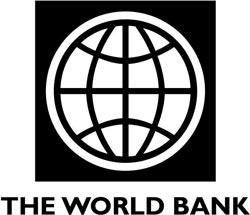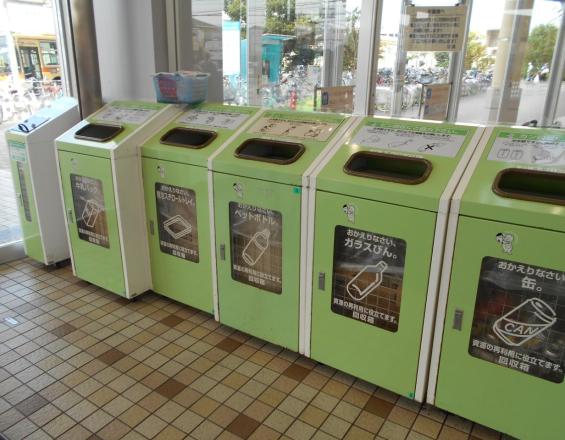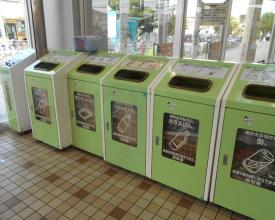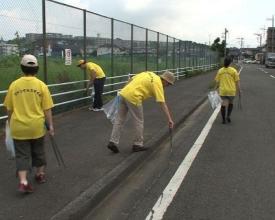
Addressing Solid Waste Management through the 3R Approach

A long-term plan called “Yokohama G30 Plan” was proposed in January 2003 to address increasing amount of waste generated in the city. The aim of the plan was to reduce waste by 30% by fiscal year 2010, compared to a baseline amount of 1.6 million tons in 2001. The G30 plan succeeded in achieving the goal five years prior to the target year, as well as in reducing the amount of garbage by 42.2 %. This success led to the development of the 3R Dream Plan, which aspires to further reduce and recycle garbage to improve the environment and thus the future of the city. The plan promotes not only 3R (Reduce, Reuse, and Recycle) but also proper disposal anagement by ensuring safe and secure processing and disposal of garbage. This Solution presents successful attempts of the City of Yokohama to implement waste management through the two plans, which made the city widely known as an “eco-friendly city” at a global scale.
Context
Challenges addressed
Rapid urbanization during the late 20th century has caused various environment issues in the city. While the rate of its population growth declined in the 1990s to 0.5 – 1 % per year, the amount of waste has been increasing due to growing economy and a lifestyle of mass consumption. As a result, the City of Yokohama faced a shortage of landfill and an overflow of the capacity of incinerators.
Location
Process
Summary of the process
The city succeeded in achieving the goals of G30 Plan by defining the roles of stakeholders based on principles of “polluter pays” and “extended producer responsibility.” One notable endeavour done by the city among others is to enhance waste separation by enforcing strict rules and raising public awareness. The city also puts priority on environmental education and public campaigns to raise public awareness of waste management.
Building Blocks
Defining Roles with Shared Responsibilities among Stakeholders
The G30 Plan aimed to reduce waste based on the principles of “polluter pays” and “extended producer responsibility (EPR).” Polluter pays principle is a practice whereby those who produce pollution should bear the costs of managing the impacts of pollution to prevent damage to the environment. The EPR principle makes manufacturers responsible for the entire lifecycle of the products and packaging they produce. The city succeeded in achieving the goals of G30 Plan by defining the roles of stakeholders based on the above principles. The role of the citizen is to change their lifestyle to be environmentally-friendly and sort garbage properly. The business sector is expected to create products that would generate less waste and is also required to collect and recycle their discarded products under the concept of EPR. Finally, the government’s role is to create systems for 3Rs, raise the awareness of citizens, and provide information on the 3Rs.
Enabling factors
- Public initiative to involve citizens and private companies in solid waste management
- Various community-based approaches done by the city to reduce solid waste
Lesson learned
Citizens, companies, and governments have own roles to play with shared responsibilities in solid waste management. Defining these roles pushes all the stakeholders to take voluntary actions in order to achieve the common goal of waste reduction. Community-based approaches to raise public awareness by local governments and non-profit organizations also encourage citizens and companies to change their life-style to more environmentally-friendly.
Enhancing Waste Separation by Enforcing Strict Rules and Raising Public Awareness
The G30 Plan promoted a proper separation of garbage and recyclables. Before the plan, there was a waste separation scheme comprised of seven items under five categories. The G30 plan introduced source separation for 15 items under ten categories, which required residents to properly separate waste into these 15 categories and dispose of them at designated collection places and times. The collection system was strict in a sense that it required the residents to use designated transparent bags for disposal so that collectors could easily identify unsorted waste. As an enforcement of these strict rules, the city government conducted environmental education to raise public awareness of waste management. More than 1,000 seminars on how to reduce and segregate waste were organized for residents. Moreover, about 600 campaigns were held at railway stations while over 3,300 awareness campaigns were organized at local waste collection sites. Citizen volunteers, called “garbage guardians,” also helped the enforcement of the rule by promoting proper sorting measures.
Enabling factors
- Environmental education conducted by the city government helped to raise public awareness of waste management.
- Citizen volunteers, called “garbage guardians,” also helped the enforcement of the rule by promoting proper sorting measures.
Lesson learned
Sorting out waste before disposing is the primal step to reduce the total amount of waste. However, setting strict and complicated rules of garbage sorting means to force citizens and companies to bear not a small cost of time and effort to follow. Effective garbage sorting system could not function without government’s efforts to raise public awareness of waste management through, but not limited to, environmental education and public campaigns.
Impacts
Economic Impact: By reducing waste, Yokohama City could save USD 1.1 billion in capital expenditure since it became unnecessary to rebuild two incineration plants and about USD 30 million in annual operational expenditures, while the costs due to the expansion of separate collection, sorting and recycling were increased by about USD 24 million annually. Therefore, the G30 Plan generated economic benefits.
Social Impact: Since effective waste management requires collaboration among neighbors, community members started to collaborate more, which led to the development of communities.
Environmental Impact: The G30 and 3R Dream Plans have been very effective in reducing the amount of waste as well as easing environmental burdens. Yokohama City achieved its target of 30% reduction of waste in FY2005 and reduced waste by 43.2% by FY2010. These percentages are remarkable, considering that the population grew by 170,000 people during the same period. Consequently, Yokohama achieved both economic and environmental benefits. The current two landfill sites still have remaining capacity, which postponed the development of new landfill sites. In addition, the city closed two incinerators in 2010, and as a result, five incinerators are in operation. The waste that was reduced between FY2000 and FY2009 was equivalent to a reduction of 280,000 tons of CO2 emissions.
Beneficiaries
- Residents of Yokohama City
- Private companies in Yokohama City

